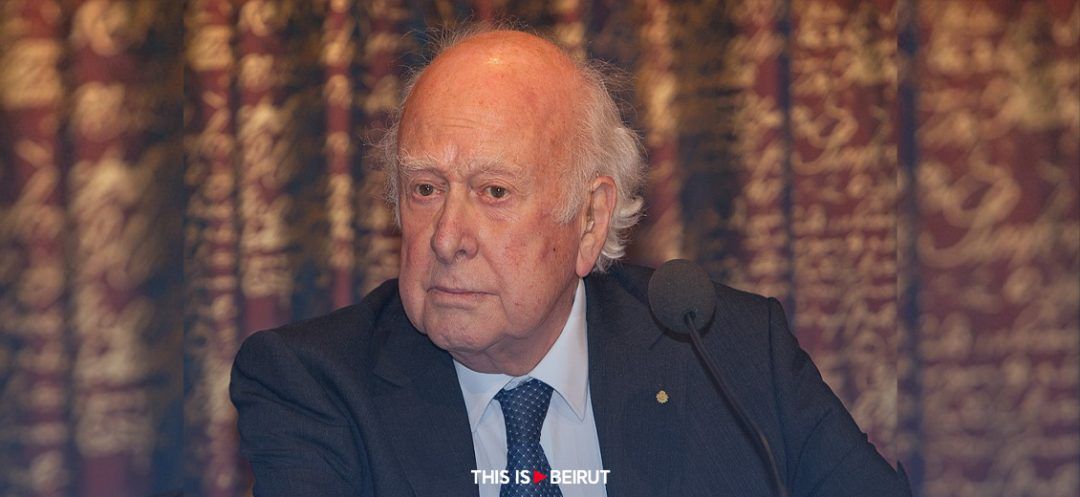
Peter Higgs, the Nobel-winning physicist who proposed the existence of the “God particle,” or simply the Higgs boson, died on Tuesday, April 9th.
The scientist came up with a revolutionary idea in 1964 explaining why atoms — the basic building blocks of the universe — have mass, elucidating how matter formed after the Bing Bang.
He theorized the existence of a subatomic particle of certain dimensions, explaining how other particles acquired mass (including all the stars and planets).
His theory postulating the existence of a field suffusing the universe that gave mass to particles moments after the Bing Bang had a huge impact on the world of physics. This field would be associated with a particle of its own, later named the Higgs boson.
The Higgs boson then went on to become a foundation in what is called the standard model of particle physics, a theory that explains the visible universe at the most fundamental level.
The particle was finally discovered 50 years later, in 2012, by scientists using the Large Hadron Collider (a 10-billion-dollar atom smasher) at the European Organization for Nuclear Research (CERN) in Switzerland. The collider was designed to mimic some of the conditions present in the picoseconds (one trillionth of a second) after the Big Bang.
A year later, Peter Higgs received the Nobel Prize for his work, alongside Belgian physicist Francois Englert.
The Royal Swedish Academy, which awards the Nobel, said at the time that “the standard model of physics rests on the existence of a special kind of particle, the Higgs particle. This particle originates from an invisible field that fills up all space. Even when the universe seems empty, this field is there. Without it, we would not exist, because it is through contact with the field that particles acquire mass. The theory proposed by Englert and Higgs describes this process.”
Born in Newcastle, England, in 1929, Higgs studied at King’s College, University of London, and was awarded a doctorate in 1954. He spent much of his career at the University of Edinburgh until he retired in 1996, becoming Professor Emeritus.
Read more





Comments